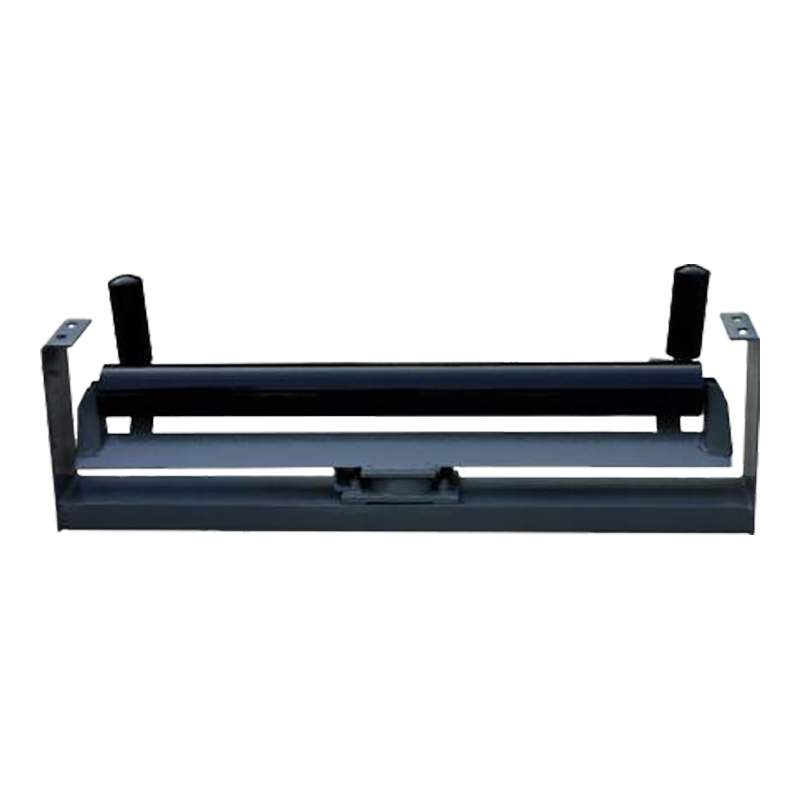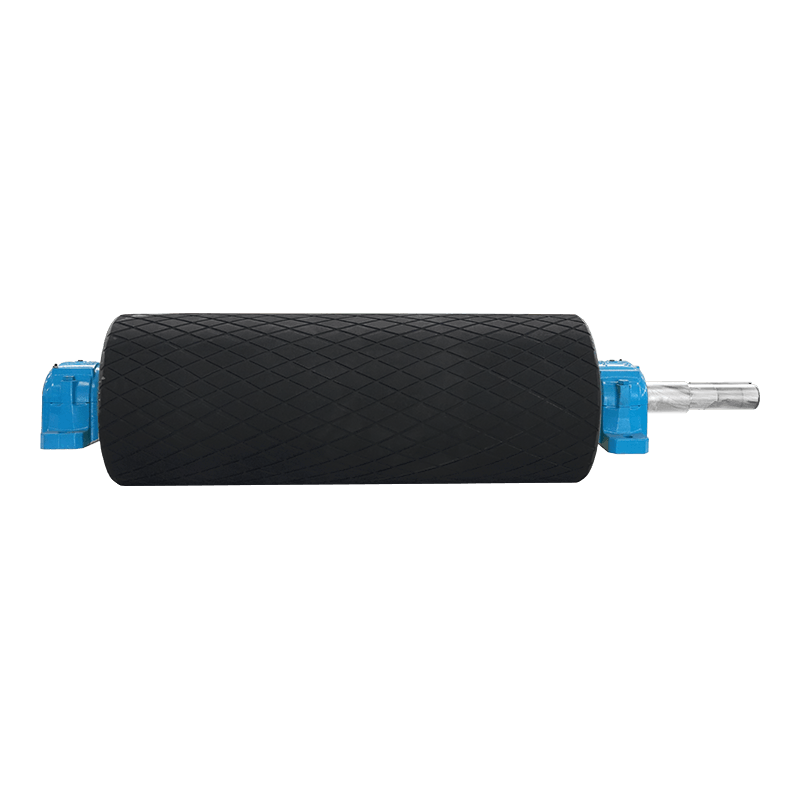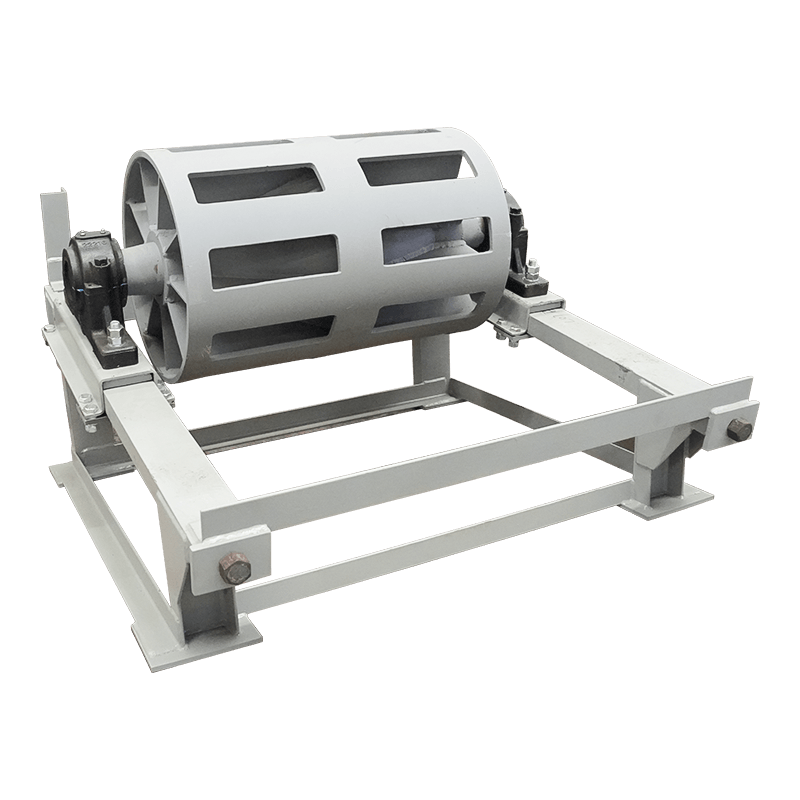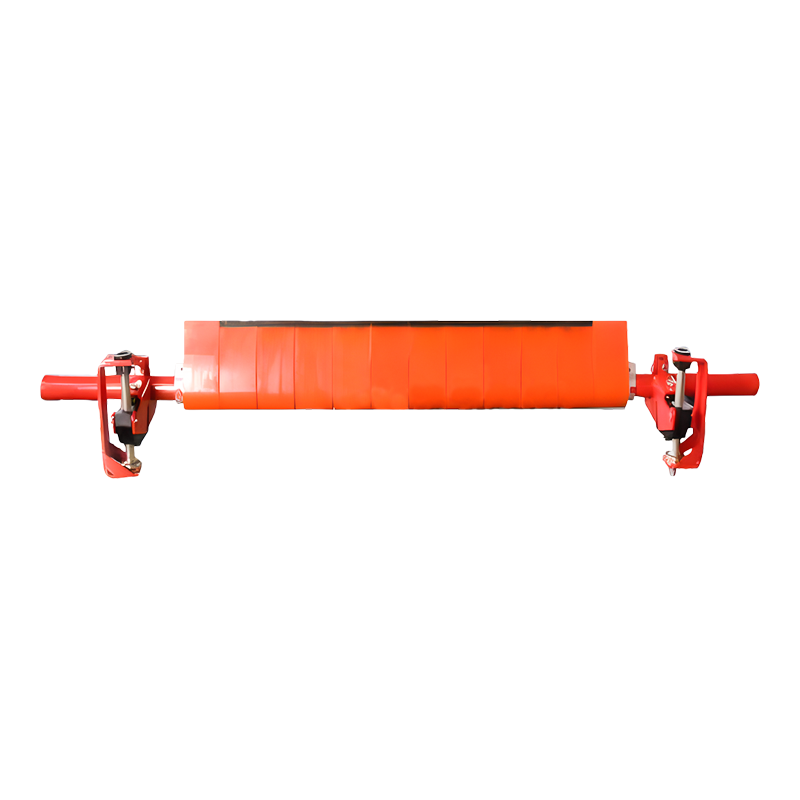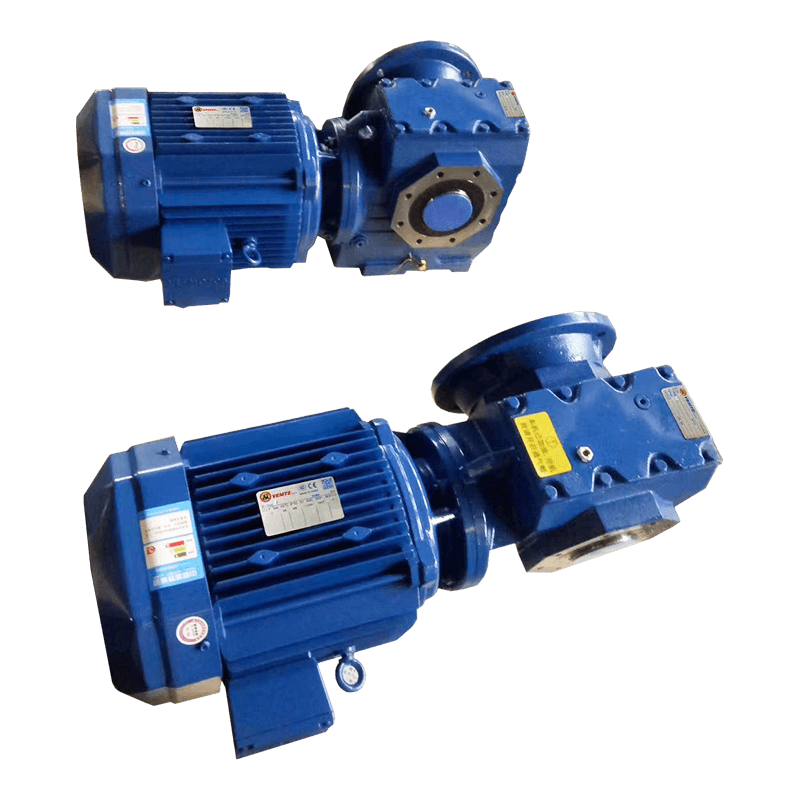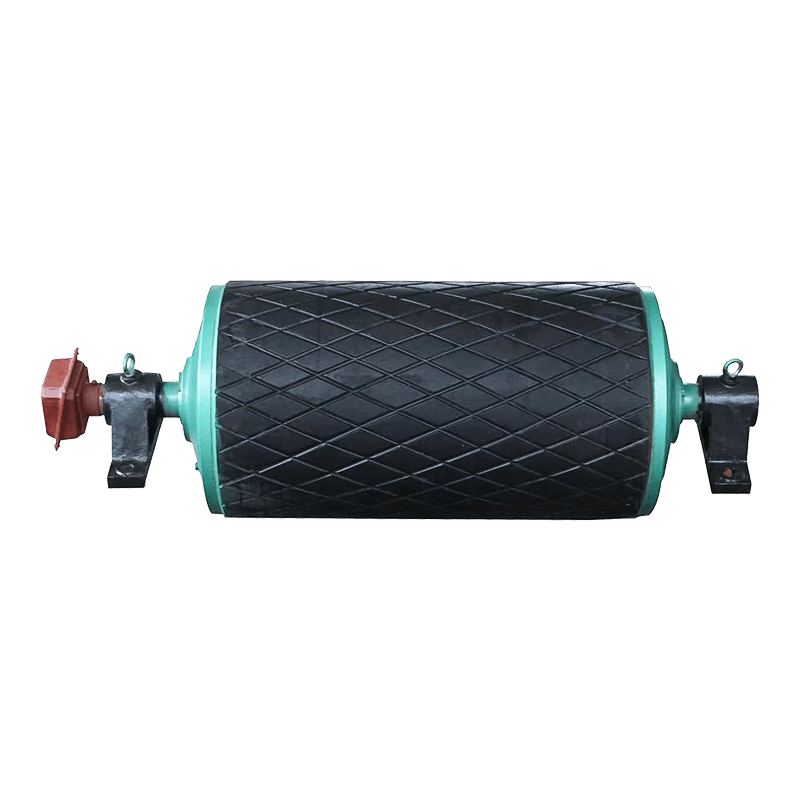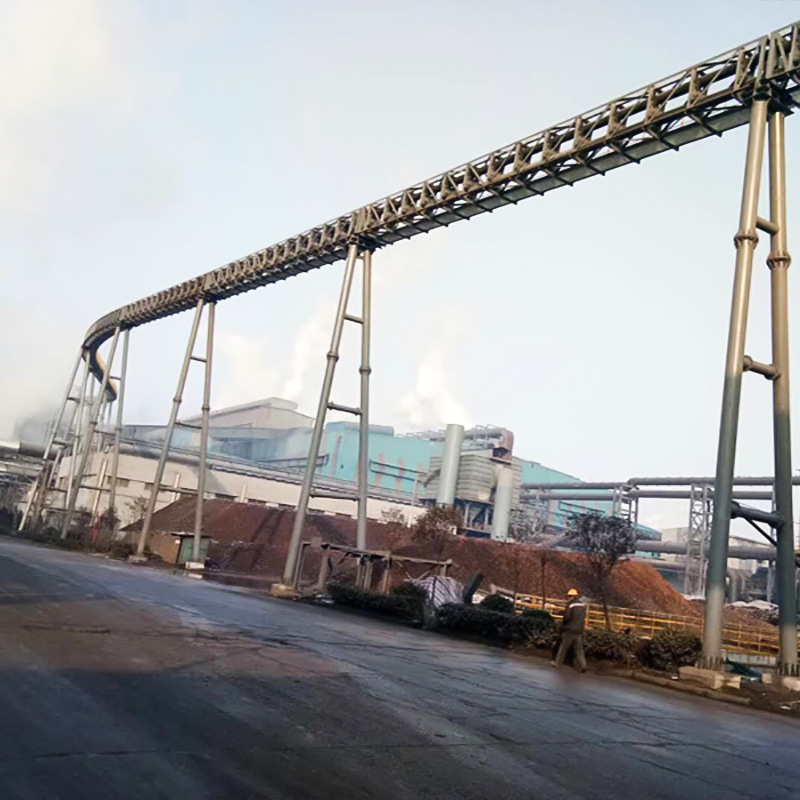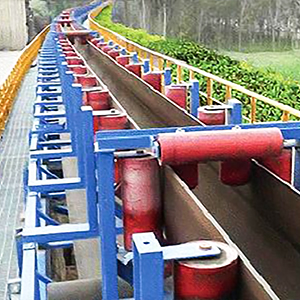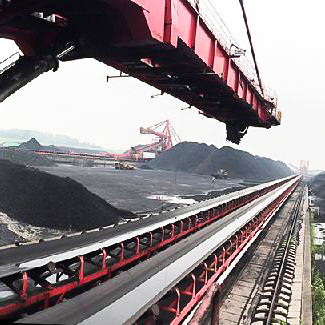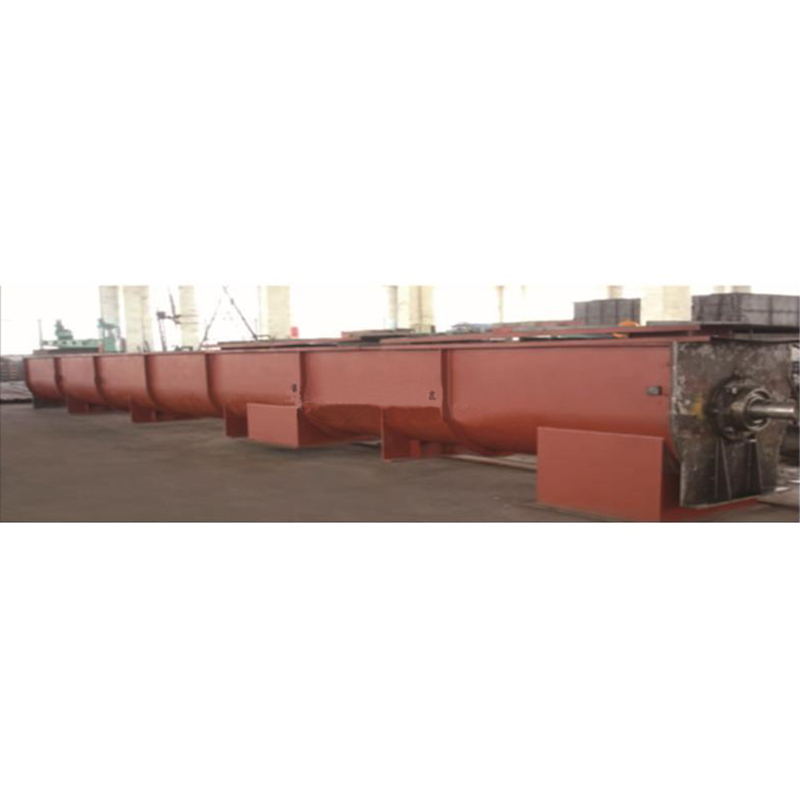Electro-Hydraulic Three-Way Distributor: Working Principle, Advantages and Application Guide
 2025.07.03
2025.07.03
 Industry News
Industry News
Electro-Hydraulic Three-Way Distributor (also known as electro-hydraulic three-way material distribution valve, electro-hydraulic three-way chute) is a key equipment widely used in industrial material conveying systems, mainly used for material reversing, diversion and flow control. It combines the technical advantages of electric drive and hydraulic transmission, and is suitable for material processing under high abrasiveness and harsh working conditions.
The electro-hydraulic three-way distributor uses an electro-hydraulic push rod as a power source and has automatic overload protection performance. When the operation is blocked, the pressure in the oil circuit rises to the set limit value, and the overflow valve overflows quickly and accurately to achieve overload protection. It operates within the rated value range and will not burn the motor. When the push rod reaches the end of the set stroke, a self-locking mechanism is designed in the electro-hydraulic push rod oil circuit integrated block, the motor stops, and the piston rod self-locks at this position and is in a pressure-maintaining state.
Content
1. Working principle: electro-hydraulic drive, precise reversing
The electro-hydraulic three-way distributor uses the electro-hydraulic push rod as the power source to drive the shaft mechanism to control the flipping of the flap to achieve the switching of the material flow direction. The specific working process is as follows:
Electric signal trigger: The control system sends a command to start the motor to drive the hydraulic pump.
Hydraulic transmission: The hydraulic oil pushes the piston rod to move linearly, which is converted into the rotation of the valve plate through the crank mechanism.
Flap reversing: The valve plate swings to a preset angle (such as 45° or 60°) to guide the material from the inlet to different outlets.
Self-locking protection: After reaching the terminal position, the hydraulic system automatically maintains pressure and locks to ensure stability; if the operation is blocked, the overflow valve starts overload protection to prevent the motor from burning.
2. Core advantages: high efficiency and durability, adaptable to complex working conditions
- Strong power and stable operation
The electro-hydraulic push rod is used, with large thrust and fast response, and can handle high-density (≤2.8t/m³) and highly abrasive materials.
The hydraulic system has its own overload protection, and automatically overflows when encountering resistance to protect the safety of the equipment.
- Strong structure and long life
The valve body and flap are often made of wear-resistant lining (such as high chromium alloy), which has excellent wear resistance and is suitable for harsh environments such as mining and metallurgy.
The sealing components can be customized (such as corrosion-resistant materials) to adapt to acidic, alkaline or high-temperature media.
- Flexible control and easy maintenance
Supports manual, electric, and pneumatic operation modes, and is compatible with automatic control systems.
Modular design, key components (such as electro-hydraulic push rods) can be quickly replaced to reduce downtime.
3. Application areas: from mining to chemical industry
The electro-hydraulic three-way distributor performs well in the following scenarios:
Mining and metallurgy: used for diversion and transportation of ore and coal, and can withstand highly abrasive materials.
Cement production: realize multi-way switching in raw material and clinker conveying systems.
Chemical and electric power: handle powdered or granular raw materials (such as fertilizers and ash), and explosion-proof models can be used in flammable environments.
Environmental protection engineering: directional treatment of sludge and waste residue.
4. Precautions for use: Ensure safety and efficiency
Installation requirements:
Due to the heavy weight of the equipment (especially with wear-resistant lining), the upper flange needs to be additionally supported to avoid deformation due to force.
The flange interface needs to be aligned with the conveying pipeline to prevent material leakage.
Working condition adaptation:
High temperature or corrosive environment should use heat-resistant steel or anti-corrosion coating valve body.
Explosion-proof sites require XDGB or DYQB type electro-hydraulic push rods.
Maintenance points:
Regularly check the hydraulic oil level and oil quality to avoid contamination and system failure.
Clean up the accumulated material in the valve cavity to prevent the flap from getting stuck.

 English
English  русский
русский Español
Español


